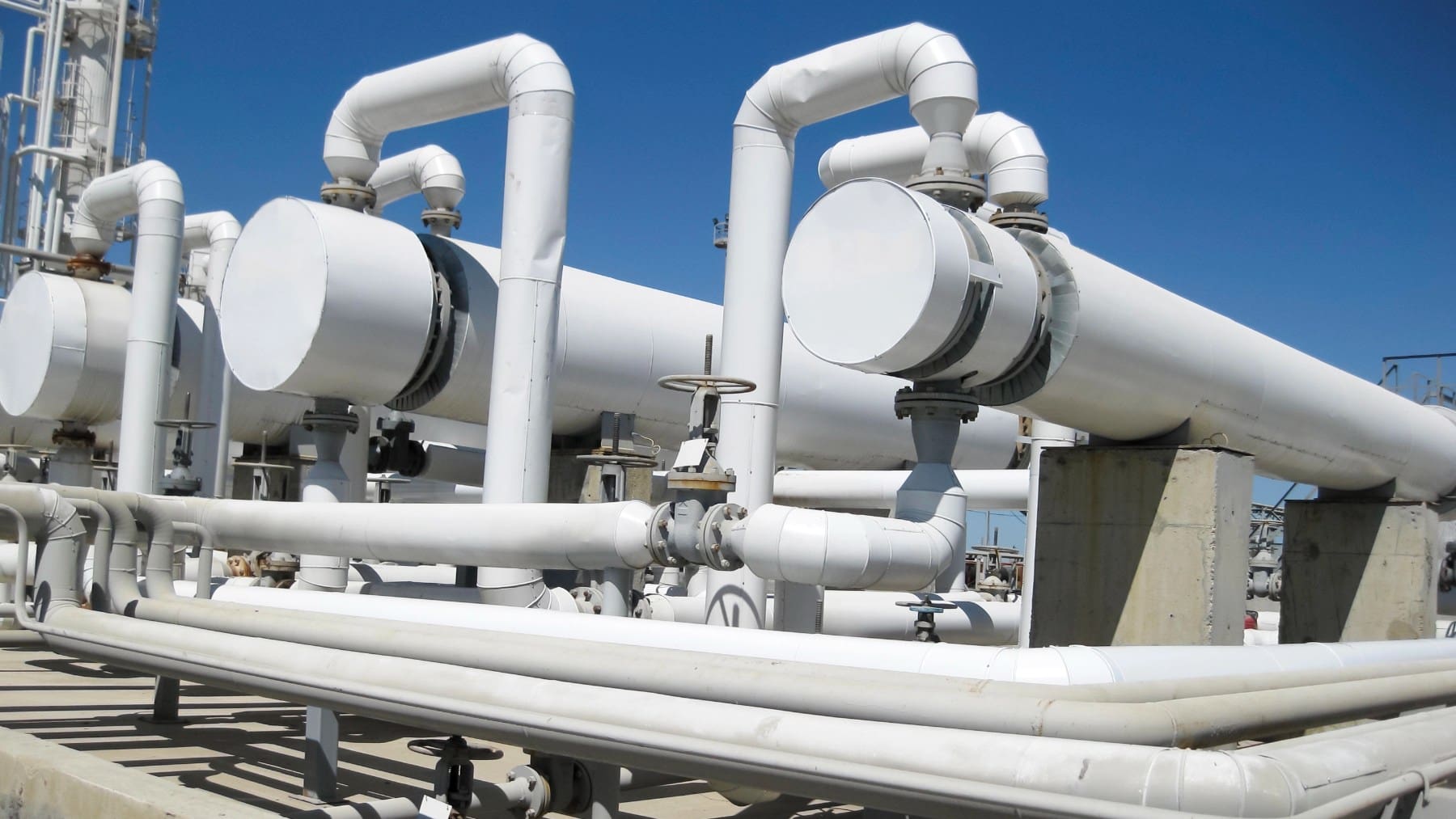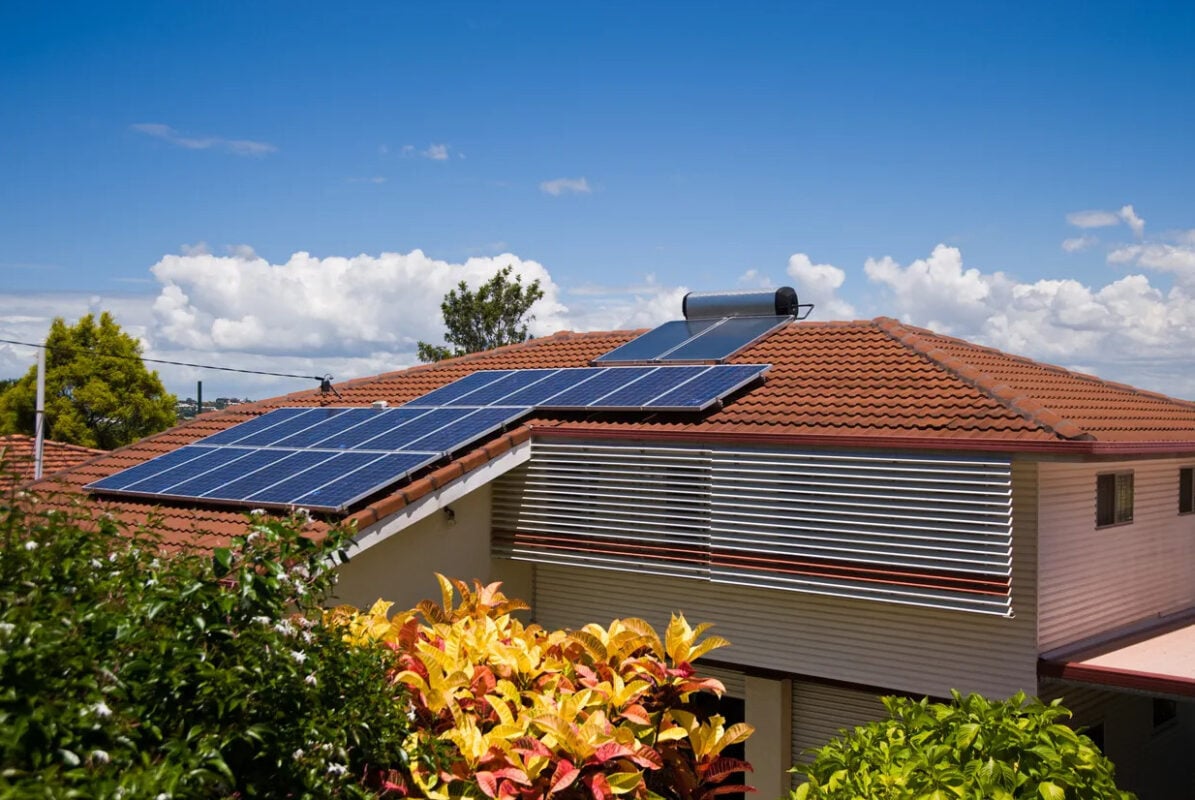Siemens Energy ships first electrolyzers for Air Liquide’s 200 MW hydrogen facility in France – Energies Media

Report on the Normand’Hy Green Hydrogen Project and its Contribution to Sustainable Development Goals
Europe’s commitment to its clean energy targets is being actualized through significant infrastructure projects that directly support the United Nations Sustainable Development Goals (SDGs). A key development is the successful delivery of the first electrolyzer shipment from Siemens Energy to Air Liquide’s 200 MW Normand’Hy green hydrogen facility in France. This project exemplifies a strategic move towards transitional energy resources, aligning with global sustainability objectives.
Project Analysis: Normand’Hy Facility and SDG Alignment
Key Project Milestones and Specifications
The Normand’Hy project represents a significant advancement in Europe’s renewable energy landscape. The delivery of the first nine of twelve Proton Exchange Membrane (PEM) electrolyzers marks a critical milestone towards its operational launch.
- Project: 200 MW Normand’Hy Green Hydrogen Production Facility
- Location: Port-Jérôme, France
- Projected Completion: 2026
- Lead Investor: Air Liquide ($470 million investment)
- Technology Partner: Siemens Energy (supplier of PEM electrolyzers)
- Governmental Support: Backed by the French government under the EU’s Important Projects of Common European Interest (IPCEI) program.
Contribution to SDG 7 (Affordable and Clean Energy)
The facility is designed to be a cornerstone of clean energy production, directly contributing to the targets of SDG 7 by increasing the share of renewable energy in the global energy mix.
- Clean Hydrogen Generation: The plant will produce approximately 28,000 tonnes of clean hydrogen annually.
- Advanced Technology: The electrolyzers are manufactured at one of Europe’s largest PEM stack production facilities, a joint venture in Berlin with a current capacity of 1 GW, scalable to 3 GW, demonstrating a commitment to advancing clean energy technology.
- Energy Transition: The project facilitates the transition from traditional fossil fuels by establishing hydrogen as a viable and scalable energy resource.
Impact on Climate, Industry, and Sustainable Communities
Addressing SDG 13 (Climate Action)
The primary environmental outcome of the Normand’Hy project is a substantial reduction in greenhouse gas emissions, a core objective of SDG 13.
- Carbon Emission Reduction: The facility is projected to prevent up to 250,000 tonnes of CO₂ emissions annually.
- Decarbonization of Sectors: The green hydrogen produced will help decarbonize heavy industry and transport, critical areas for achieving climate neutrality.
Fostering SDG 9 (Industry, Innovation, and Infrastructure) and SDG 11 (Sustainable Cities and Communities)
This project is a model for developing resilient, innovative, and sustainable infrastructure that benefits both industry and communities.
- Sustainable Infrastructure: The $470 million investment builds critical infrastructure for a future hydrogen economy.
- Innovation in Transport: Approximately a quarter of the hydrogen produced will supply refueling stations along the Seine Axis, supporting up to 500 hydrogen-powered trucks and promoting sustainable transportation systems in line with SDG 11.
- Industrial Modernization: The project fosters a new industrial ecosystem around hydrogen, driving innovation and creating a more sustainable industrial base as envisioned by SDG 9.
Global Context and the Role of SDG 17 (Partnerships for the Goals)
Strengthening Global Partnerships
The success of the Normand’Hy project is built on multi-level collaboration, highlighting the importance of SDG 17 in achieving large-scale sustainable development.
- Public-Private Partnership: The project involves collaboration between private sector leaders (Air Liquide, Siemens Energy) and substantial support from the French government.
- International Cooperation: As an EU IPCEI project, it demonstrates a coordinated European effort to build a competitive and sustainable hydrogen market.
A Catalyst for Global Hydrogen Adoption
The Normand’Hy project is part of a growing global movement towards hydrogen energy, with similar large-scale initiatives emerging worldwide. Projects such as OMV’s green hydrogen facility in Austria and Hyundai’s manufacturing complex in South Korea signal a worldwide transition. This global trend underscores a collective commitment to leveraging hydrogen to redefine the energy market and achieve the Sustainable Development Goals on an international scale.
Sustainable Development Goals (SDGs) Analysis
1. Which SDGs are addressed or connected to the issues highlighted in the article?
The article highlights issues and developments that are directly connected to several Sustainable Development Goals. The analysis identifies the following SDGs as relevant:
- SDG 7: Affordable and Clean Energy – The core subject of the article is the development of a large-scale green hydrogen facility, which is a form of clean energy intended to replace traditional fossil fuels.
- SDG 9: Industry, Innovation, and Infrastructure – The article details a major industrial project involving significant investment, advanced technology (PEM electrolyzers), and the construction of new energy infrastructure (the 200 MW Normand’Hy facility).
- SDG 13: Climate Action – A key outcome of the project mentioned in the article is the significant reduction of carbon emissions, directly addressing the need for climate change mitigation.
- SDG 17: Partnerships for the Goals – The project is a collaborative effort involving multiple entities, including Siemens Energy (Germany), Air Liquide (France), the French government, and the European Union (through the IPCEI program), showcasing a multi-stakeholder partnership.
2. What specific targets under those SDGs can be identified based on the article’s content?
Based on the specific details provided in the article, the following targets can be identified for each of the relevant SDGs:
- Target 7.2: By 2030, increase substantially the share of renewable energy in the global energy mix.
- The article focuses on the Normand’Hy project, which will produce 28,000 tonnes of green hydrogen annually. This directly contributes to increasing the share of renewable energy in France and Europe’s energy mix, moving away from the “traditional oil and gas sector.”
- Target 9.4: By 2030, upgrade infrastructure and retrofit industries to make them sustainable, with increased resource-use efficiency and greater adoption of clean and environmentally sound technologies and industrial processes.
- The project involves a $470 million investment to build a new facility using advanced, clean technology (PEM electrolyzers from Siemens Energy) for sustainable industrial production of green hydrogen. This represents a significant upgrade of energy infrastructure.
- Target 13.2: Integrate climate change measures into national policies, strategies and planning.
- The project is described as part of France’s “ambition to increase reliance on the renewable energy sector” and is supported by the French government and launched under the EU’s “Important Projects of Common European Interest (IPCEI) program.” This demonstrates the integration of climate action into national and regional strategies.
- Target 17.17: Encourage and promote effective public, public-private and civil society partnerships, building on the experience and resourcing strategies of partnerships.
- The success of the Normand’Hy project relies on the partnership between private companies like Air Liquide and Siemens Energy, with the “substantial backing of the French government” and within the framework of an EU program. This is a clear example of a public-private partnership for sustainable development.
3. Are there any indicators mentioned or implied in the article that can be used to measure progress towards the identified targets?
Yes, the article contains several specific quantitative and qualitative indicators that can be used to measure progress:
- For Target 7.2:
- Renewable energy capacity: The facility has a generating capacity of 200 MW.
- Clean energy production volume: The project is expected to produce “28,000 tonnes of green hydrogen per year.”
- For Target 9.4:
- Investment in clean technology: A “$470 million investment by Air Liquide” is a direct financial indicator for upgrading infrastructure.
- CO2 emission reduction: The project is projected to “prevent 250,000 tonnes of CO₂ emissions annually,” which measures the environmental performance of the new industrial process.
- For Target 13.2:
- Existence of national/regional strategies: The mention of the project being part of the “EU’s Important Projects of Common European Interest (IPCEI) program” and having the “backing of the French government” serves as a qualitative indicator of integrated policy-making.
- For Target 17.17:
- Value of public-private partnerships: The “$470 million investment” within a government-backed framework is a financial indicator of the scale of the partnership.
- Number and type of partners: The collaboration between Siemens Energy, Air Liquide, the French government, and the EU is an indicator of a multi-stakeholder partnership in action.
4. Table of SDGs, Targets, and Indicators
| SDGs | Targets | Indicators |
|---|---|---|
| SDG 7: Affordable and Clean Energy | 7.2: Increase substantially the share of renewable energy in the global energy mix. |
|
| SDG 9: Industry, Innovation, and Infrastructure | 9.4: Upgrade infrastructure and retrofit industries to make them sustainable… with greater adoption of clean and environmentally sound technologies. |
|
| SDG 13: Climate Action | 13.2: Integrate climate change measures into national policies, strategies and planning. |
|
| SDG 17: Partnerships for the Goals | 17.17: Encourage and promote effective public, public-private and civil society partnerships. |
|
Source: energiesmedia.com
What is Your Reaction?
 Like
0
Like
0
 Dislike
0
Dislike
0
 Love
0
Love
0
 Funny
0
Funny
0
 Angry
0
Angry
0
 Sad
0
Sad
0
 Wow
0
Wow
0




















































.jpg.webp?itok=0ZsAnae9#)

























